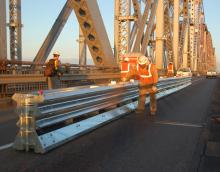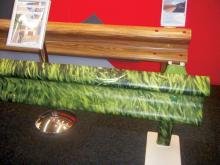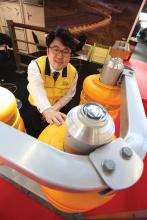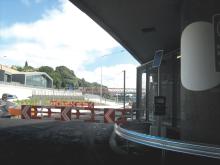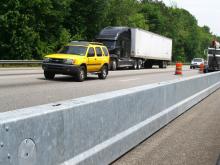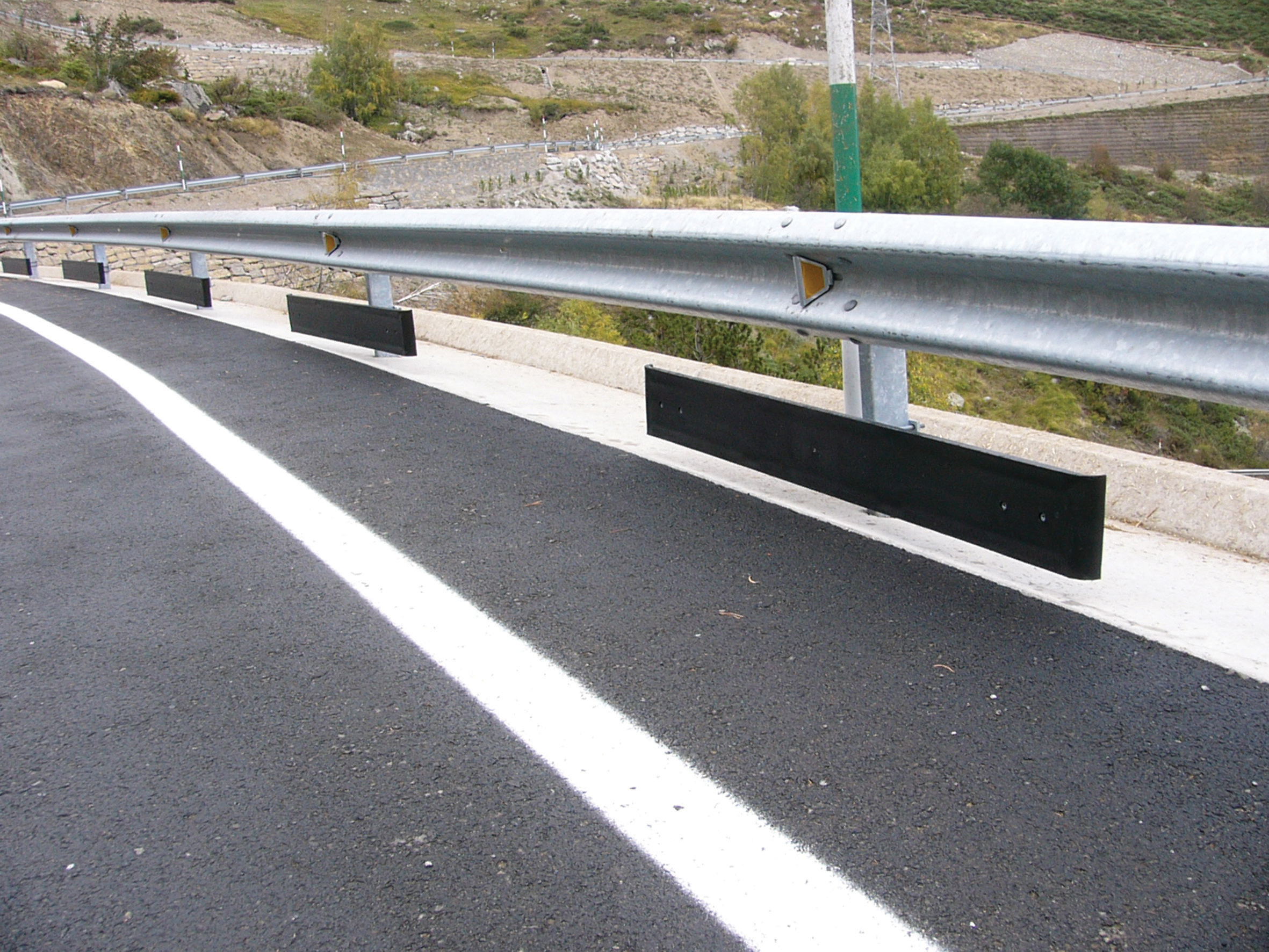
There are key differences in crash cushion design and quality for the United States and European markets
Developments in barrier technologies have followed the varying demands of specific markets, resulting in manufacturers offering different solutions for US and European needs. In the US, devices that are considered crashworthy are those that have passed uniform crash tests conducted under the guidance of NCHRP Report 350. TheThe requirements include crash-testing guidelines for longitudinal barriers, transitions, end terminals, crash cushions, breakaway/yielding supports, truck mounted attenuators and work zone traffic control devices. Crash performance is measured with regard to structural adequacy, occupant risk and vehicle trajectory.
Published in 1993, NCHRP350 followed the influential NCHRP230 report which in the 1980s influenced crash-testing worldwide. The revised report was published as older crash barrier systems were under-performing against the higher centre of gravity on SUVs, which had increased in popularity amongst US drivers. One of the most significant advances in NHCRP350 was the addition of the pick-up truck as a test vehicle. Also, for the first time, the report included tests that scaled safety performance to speed and traffic volume, setting higher standards for hardware in high traffic-volume urban areas than on less-travelled roads and highways.
In Europe a similar standard for performance has been implemented and EN1317 sets crash testing guidelines for road restraint systems with performance levels of 110km/h, 100km/h, 80km/h and 50km/h. From January 2011, it will be a legal requirement for all crash cushions sold in the
The QuadGuard CEN and QuadGuard families of crash cushions from Energy Absorption Systems are of note as the firm claims these two of only a few crash cushions on the market to already have the CE Mark. Each QuadGuard CEN and QuadGuard system features crushable, energy-absorbing cartridges surrounded by a framework of Energy Absorption System's exclusive steel Quad-Beam panels. During head-on impacts, the QuadGuard CEN and QuadGuard systems telescope rearward and crush the cartridges to absorb the energy of the impact. When impacted from the side, the systems redirect the errant vehicle back toward its original travel path without allowing gating. The QuadGuard CEN and QUEST CEN have both been qualified as families of crash cushions to the highest performance level of 110km/h and also now carry the CE Mark.
At the same time, other QuadGuard systems have passed the complete NCHRP350, Test Level 3 test matrix in the United States for redirective, non-gating attenuators. QuadGuard passed tests with both the light car and high centre-of-gravity pick-up truck at speeds of up to 100km/h at angles up to 20º, with higher speed units available.
In addition, these products offer other safety benefits that meet standards and requirements in the European Union and the US. This includes a self-supporting nose that reduces installation and maintenance time and a monorail base that eliminates the need for anchoring chains and tension cable. A further benefit is the high level of reusability after most design impacts.
Further barrier legislation changes are due too and will result in more new products being developed. Europe's legislators are still working on new amendments to the EN1317 standard covering roadside barriers that will provide safety protection for motorcycle riders. At present, Spain is one of the few European countries to have moved ahead of the proposed legislation and develop its own requirement for safety barriers that are safer for motorcyclists.
While research shows that motorcycle riders can be killed or seriously injured when impacting with the supports of many conventional barriers, the various transport ministries in most other European nations have overlooked this issue. So far only Spain, Belgium and Italy have recognised that this poses a serious safety issue and introduced their own regulations. As a result, new motorcycle-safe barriers are being installed at recognised danger spots and Spanish firm
The issue of workzone safety is a key one for construction teams. Highway engineers need to be able to protect on-site workers as well as being able to shift lanes or opening/closing lanes as needed. Cones, barrels and barricades are still used on many roads to show drivers which lanes are being closed for maintenance work but these offer low protection to work crews. However the latest developments in moveable barriers are helping tackle with problem with products such as the Vulcan Barrier from
The firm says that its Vulcan Barrier meets both the US NCHRP 350 TL-3 & TL-4 standard as well as the European EN1317 H2 & N2 requirements as a longitudinal redirecting barrier. This product is available in 4m and 12m lengths and features a vertical steel pivot pin to link each section, allowing the system to follow curves of up to 6º/4m. The Vulcan Barrier can be used in a free-standing configuration and can be used with a range of end terminal options. Utility machines can be used to install or remove 4.8km of the Moveable Vulcan Barrier/hour.
The system is offered with optional jacks and wheels, which allow sections to be moved by hand or towed short distances with a small vehicle. Lightweight and stackable, this design allows up to 160m of the sections to be carried on a single truck. In addition, the Vulcan Barrier can also be used as a median gate to allow traffic to be diverted.
In all countries using barriers, installation itself is a safety issue. Having a work crew by the roadside can lead to traffic hold-ups for road users while on-site teams can be at risk from inattentive drivers.
However, quick installation of safety barrier sections can be achieved using the Blade Mover, developed by
Efficient handling of barrier sections will help minimise incorrect installation when units are misaligned, with a potential risk of reduced performance. With each barrier section weighing up to 70kg, this new machine also improves safety as it reduces the risk of work-place injuries amongst installation crews. A magnet on the lifting arm of the Blade Mover is set to lift just one section at a time and this is then held in place against the posts for bolting. Using this device can make significant increases in barrier installation productivity, allowing 50-60 sections to be placed/hour, boosting safety for on-site crews and reducing traffic hold-ups for road users. To further improve efficiency, the compact Blade Mover can be fitted to the same vehicle as Orteco's post driver.
Other barrier innovations are being developed in Asia and a South Korean firm,
These roller type barriers are now in widespread use in South Korea on its highway network at sharp curves, tunnel entrances and parking areas as well as on a number of racing car circuits. The package includes solar arrays that are used to power flashing warning lights that are mounted on top of the barriers and maximise visibility for road users. GSI is now investigating its options for entering the US and European markets with this system. Some modifications may be required to allow the system to meet requirements but GSI believes that the basic concept offers considerable potential for installation in other nations. Full testing programmes are being planned by GSI for the system to meet both US and European safety regulations.
High highway barrier

